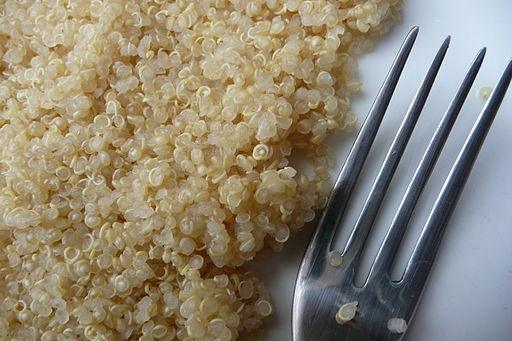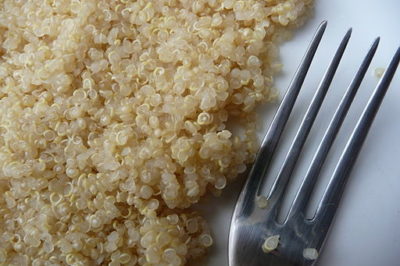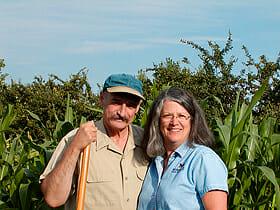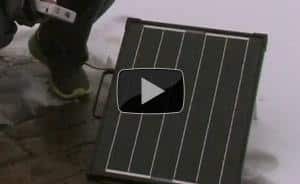It seems that some of the most common health problems are the ones we like to discuss the least. Many Americans suffer from constipation. This embarrassing little problem can pose big health risks. One of the main reasons for constipation involves a low intake of fiber. In order to keep our bodies free of toxins and in our best shape, it’s important to prioritize fiber into our diets.
Although you may think that everything that contains fiber is bland or boring, you would be surprised! There are many delicious recipes that are also high in fiber. Dietary fiber, often referred to as dietary roughage, can come in various forms, either soluble or insoluble. The kind that aids in treating constipation is insoluble fiber. Because your body cannot digest it, insoluble fiber acts as a bulldozer, giving the toxins stored in your digestive system a push toward excretion. Fiber has many uses for our bodies besides aiding in our digestion.
The Dangers of Low Fiber Intake
Fiber is an essential part of a healthy diet for maintaining the health of your digestive tract. The digestive tract is probably the dirtiest part of our bodies. All of the food we ingest is not used for sustenance. Our bodies miraculously sort through everything we consume and determine its usefulness. Our bloodstream and molecular cells absorb the foods that are deemed useful to our bodies. This maintains the proper functioning of vital organs. The rest is shipped to our digestive tract and prepared for excretion. When we don’t ingest enough fiber, we allow this toxic waste to sit in our bowels for a longer period of time, which may even be reabsorbed if left for long enough.
The two forms of fiber, soluble and insoluble have different functions. Insoluble fiber is known to motivate the digestive process, while also balancing the pH levels of the intestines. A high acidity level in the intestines is harmful and can cause discomfort. The acidity in the intestine will eliminate the helpful enzymes that usually reside in the intestine. This leads to a vicious cycle of unhealthy intestines that none of us can really afford. Insoluble fiber is very important in order to keep our digestive tracts behaving regularly.
That’s the stuff that is considered common knowledge about fiber. What you’re wondering is what else does fiber do for me? The lesser-known form of fiber is called soluble fiber. When ingesting fiber in this form, benefits range from lowering cholesterol and improving heart health to regulation of blood sugar. How, you ask? When you eat, your body begins to break down the food to its smallest components almost immediately. A dietary sugar called glucose is extracted from food and used in the body as energy. Glucose affects blood sugar by maintaining the production of insulin. If you don’t receive enough glucose, you may feel very fatigued and under the weather. If you’re body begins to take in too much glucose, it is usually stored for later use. Where does fiber come into all of this? Fiber is a great food source for people with diabetes because it provides energy without the added glucose deposits. This means blood sugar will not rise or drop when fibrous foods are consumed. Fiber is also responsible for tasks such as lowering LDL cholesterol. LDL cholesterol is often referred to as the “bad cholesterol” and contributes to artery clogging and eventually heart attacks or heart failure. Although fiber is primarily known for its healthy affects on the digestive system, it’s a great food for a healthy heart and low cholesterol as well.
If you decide to get serious about consciously upping your fiber intake, it’s important to make sure that you’re also drinking enough water. Without water, fiber can become just another blockage in your system.
Where To Get Fiber
Soluble fiber is mostly found in oats, apples, flax seed, nuts, and barley, as well as psyllium husk. Insoluble fiber is found in dark, leafy vegetables; bran; seeds; and nuts. Many vegetables and fruits contain insoluble fiber because of their casings. This protective shield is extremely useful to the plant, arming it against threatening environmental factors, and when consumed by humans, it’s just as effective! With such delicious foods containing fiber, it’s easy to throw together a few meals that will contain such recipes. Try to have at least one high-fiber meal per day. If you don’t think this is possible, tasteless fiber supplements are often available in the health section of the pharmacy or food store.
An easy and delicious recipe that contains lots of fiber is a quinoa salad. Quinoa is a grain-like crop that has some major health benefits. This salad is the perfect light summer recipe that can be enjoyed cold and served poolside or transitioned into winter and served warm on those cold, frosty mornings.
For one cup of dry quinoa (it almost doubles in size when cooked), add about a cup and a half of water. Mix the two together in a pot on the stove and bring to a boil. Once the pot is boiling, cover it and turn the stove to medium heat. Allow the quinoa to simmer for about ten to fifteen minutes. While the quinoa simmers, chop almonds and apple slices. If desired, cranberries can be added to the recipe. After the quinoa has softened and is nearly translucent, with all the water absorbed, pour the partially cooked quinoa into a saucepan. After adding about a half cup of vanilla-flavored almond milk, cover the mixture again. After about five to ten minutes, mix in the apples, almonds, and cranberries and allow the flavors to mingle on the heated stovetop. After a total of half an hour you will have a delicious tasting salad. You can even sprinkle the quinoa with a little bit of cinnamon. This is a delicious meal that tastes like a dessert but is actually extremely healthy.
With plenty of combinations of nuts, seeds and beans, it’s easy to add fiber to your diet everyday and also very important for your body.
©2012 Off the Grid News











